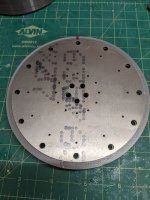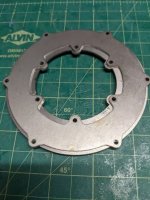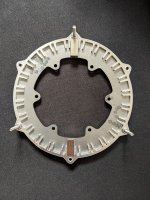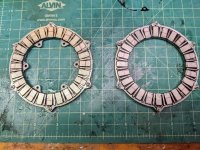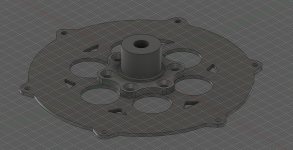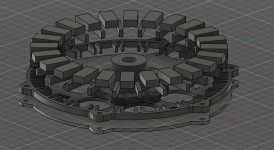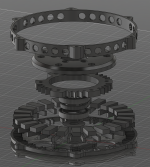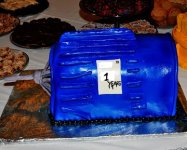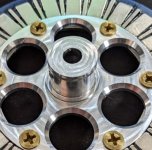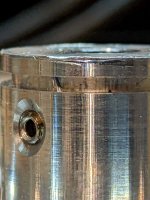back from more radio silence. I had gone on vacation, so I've been quiet lately, but my mind has been all over the place lately with what I want to do next.
So I decided pretty much immediately that I don't like these rotors. because I think the amount of aluminum you can fit (at most the thickness of the magnets) is not going to be strong enough. So this has led me to change the design of the rotor once again. even though I just made new ones.... I'll try to make them useful. I think the new design will work out better, even though there is more steel, the hub piece that ultimately needs to be machined, is smaller, therefore hopefully cheaper to make.
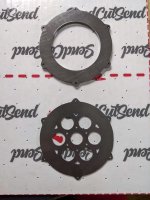
I also had someone reach out to me since my last youtube video and offered to machine a part for me. I sent him the version that I had working at the time. Unfortunately there were some things about the model that I had done for plastic, and long story short there are some issues with tolerances that might be an issue, but its super cool to see it losing plastic and gaining metal.

I thought about making ferrous cores, either simply printing with a partially iron filament (I realize this is not great), or making them with a mold in some ways previously mentioned. I have made a few plastic prototypes that I think I like, but they might be fragile because of the small features on them.
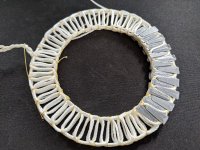
I also was thinking a lot about a suggestion I have heard multiple times. Why not just wind it around the cores initially. I am thinking of making a jig that magnetically holds everything in place using one of my previous rotors as the magnet. I'm hoping it will be strong enough to hold the ferrous cores in place while I wind around them.
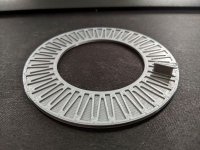
Also I was going to just wind a stator, but ran out of wire pretty fast, and realized I needed to refill the litz wire machine and decided that my garden was more interesting.... But I have been spending some time on another goofy tool that I'm hoping will make winding these things even easier, but we will see....
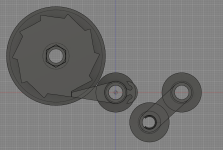
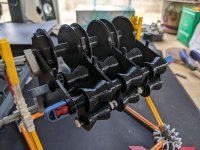
The idea is that the cam will be connected to the swinging arm and another point on the frame with elastics. when I pull the swinging arm out, it will lock the spool from unrolling. I should be able to pull the wire out, and then the swing arm should pull the wire back a bit and release the lock. This way instead of doing one lap with one phase at a time, then playing catch up with the other phases. This meant I had to keep moving those weird pen spool things I had around the jig. I would drop them from time to time, or the wire would snag something, and it resulted in the it all unspooling. This way the wires will always be in one place. I think I will need to refine it a bit, but so far its come together nicely



